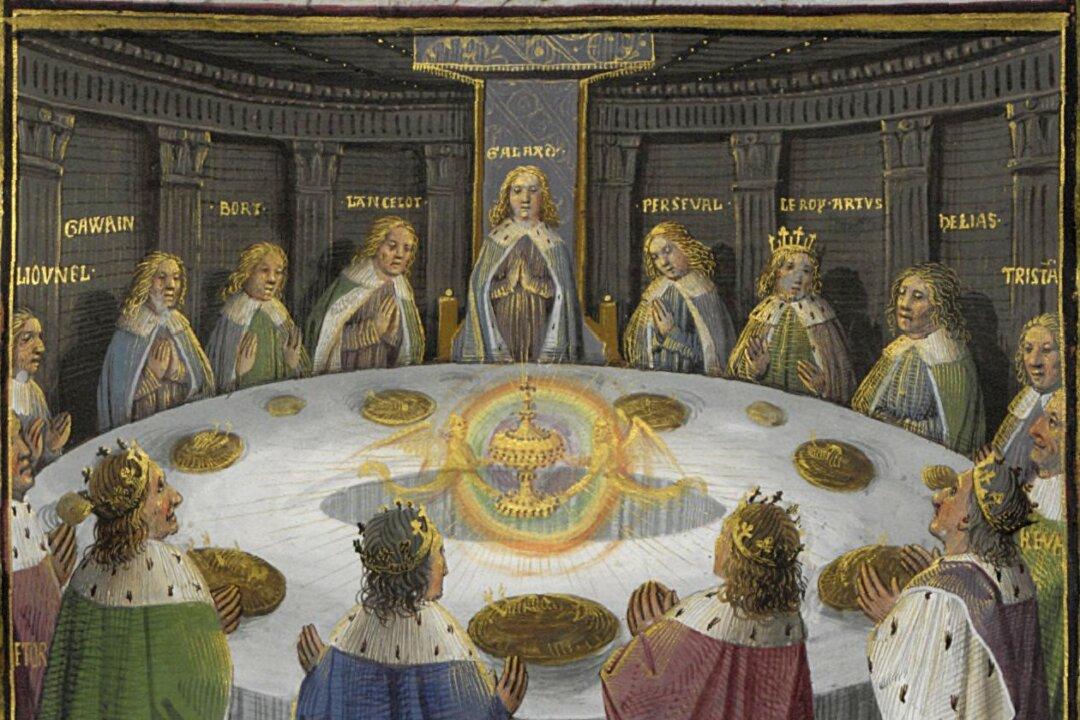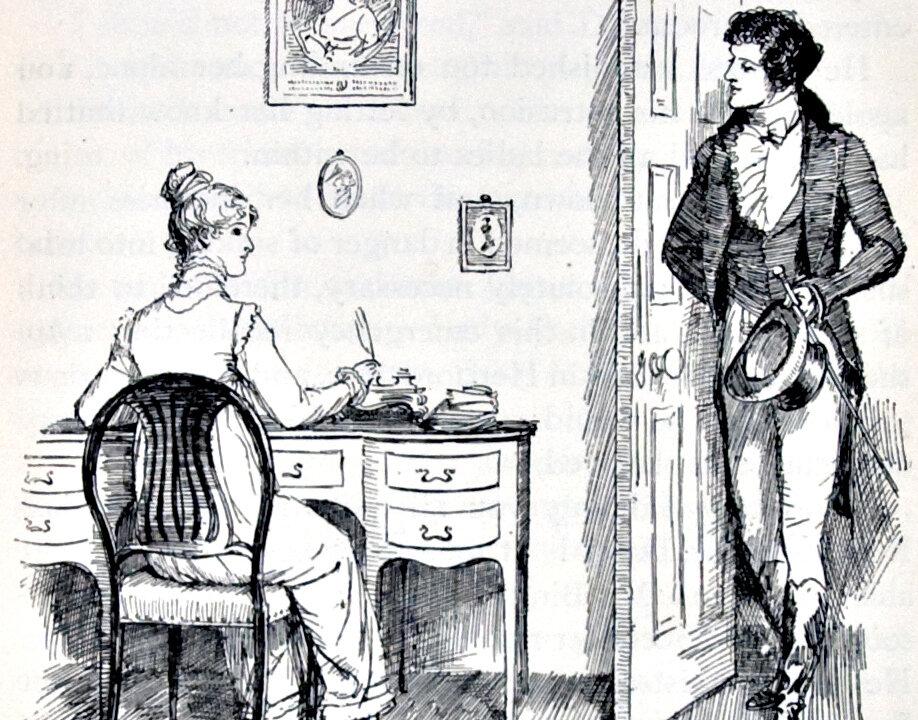TORONTO—For its second production of the season, the Canadian Opera Company has taken the innovative step of pairing two short works by Claudio Monteverdi—the father of Western opera who developed the art form in the early 17th century—with a minimalist work by contemporary Canadian composer Barbara Monk Feldman.
Monk Feldman’s opera “Pyramus and Thisbe” is having its world premiere this month, while Monteverdi’s aria “Lamento d'Arianna” and his short opera “Il combattimento di Tancredi e Clorinda” have been in the opera repertoire since 1608 and 1624 respectively.
Yet while 400 years separate the works, according to Canadian baritone Phillip Addis, the performers’ goal for all three is to present deeply felt emotions in a manner that is inward-looking and intimate.
Addis is singing alongside Canadian soprano Krisztina Szabó and tenor Owen McCausland, accompanied by the COC Orchestra and Chorus in a performance that strings the three works together into one hour and eight minutes, without intermission.





